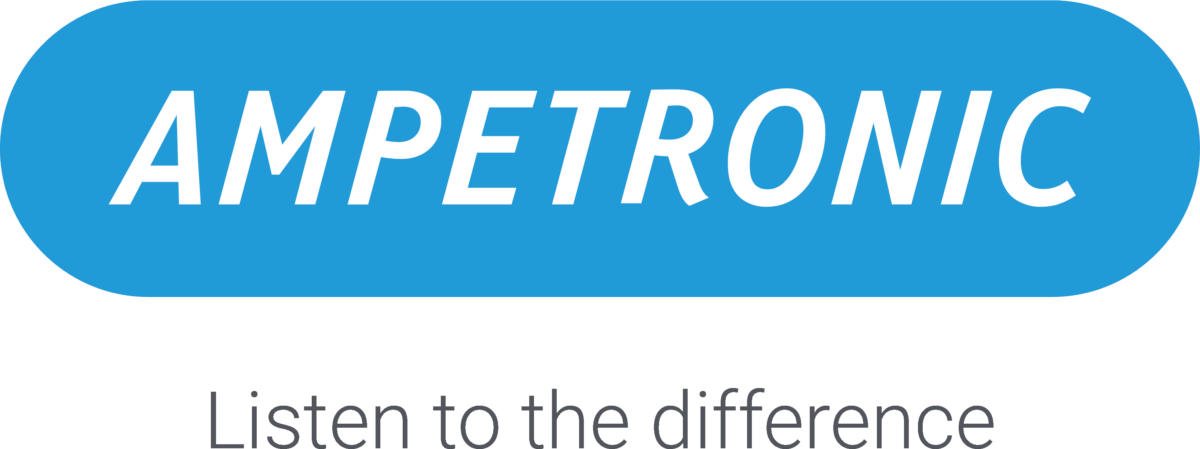What is a hearing loop?
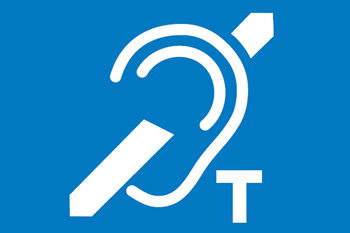
A hearing loop (HL) (sometimes called an audio induction loop) is a special type of sound system for use by people with hearing aids. The HL provides a magnetic, wireless signal that gets picked up by the hearing aid when it is set to ‘T’ (Telecoil) setting.
It is the only assistive listening technology that can broadcast directly to a wide range of hearing aids, making them the most popular option for accessible audio in public spaces.
The hearing loop consists of an audio source, connected to an amplifier which processes the signal, which is then sent through the final piece, the loop cable. In its simplest form this is a wire placed around the perimeter of a specific area i.e. a church or a small meeting room, but can be a specially designed layout to cover more complex areas.
The audio input for a HL is often a microphone to pick up the spoken word but can be any sound source, from a TV set in your living room, to announcements in an airport or the sound system in a theatre.
Where are hearing loops found?
You can find them in a wide variety of locations. From service counters in shops, banks or reception desks, to meeting rooms, teaching spaces, theatres, cinemas, concourses and waiting areas, on board public transport and integrated into help points, intercoms or museum exhibits.
The internationally recognised hearing loop sign (pictured above right) indicates anywhere a system can be used.
These systems provide easy access to high-quality audio, helping to ensure that people with hearing loss have inclusive and equal access to intelligible sound.
Below is a diagram of a hearing loop at a shop counter or bank (Images courtesy of Ampetronic)
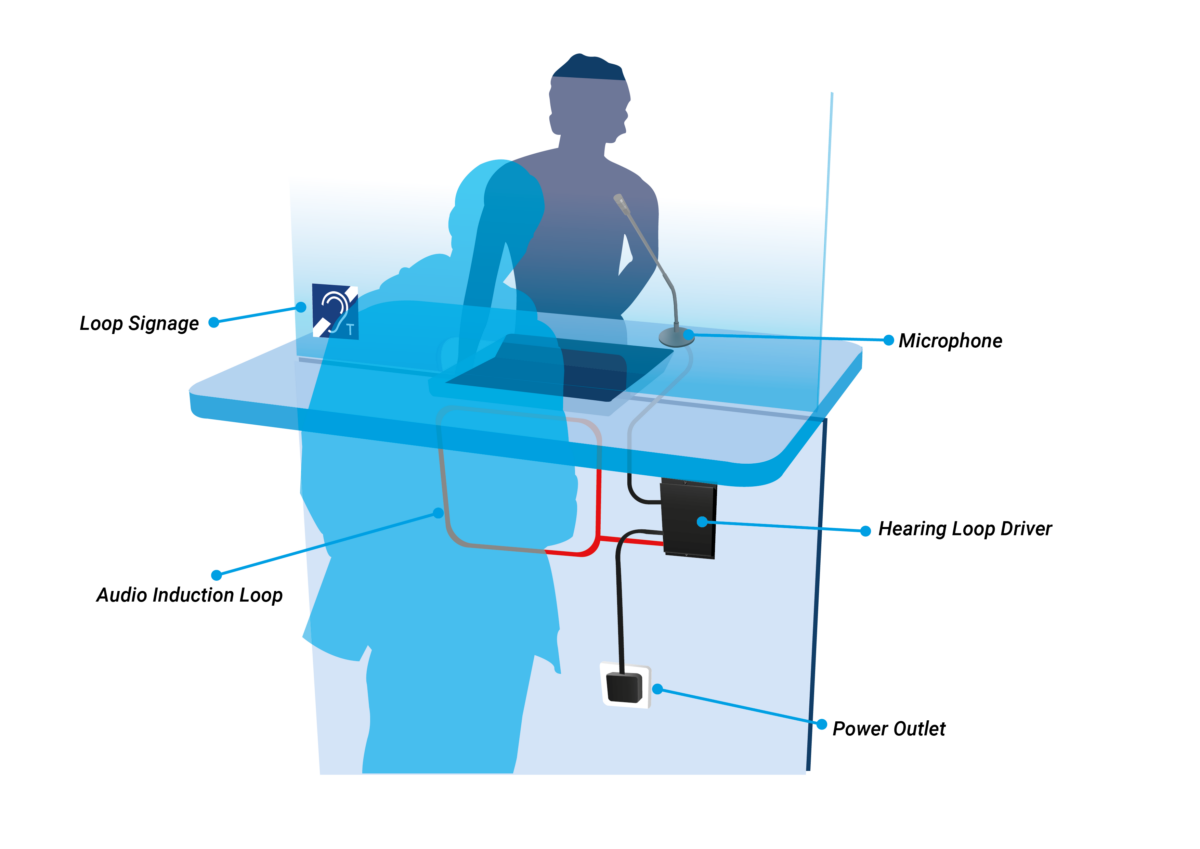
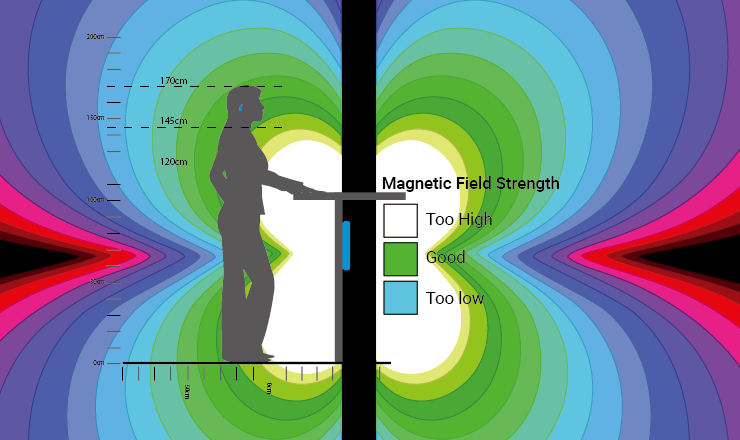
Get our e-newsletter
Stay up to date with the latest news, stories and updates from Hearing Link Services and from across the deaf sector.
Below is a diagram of a room hearing loop e.g. at an event or place of worship (Image credit: Contacta)
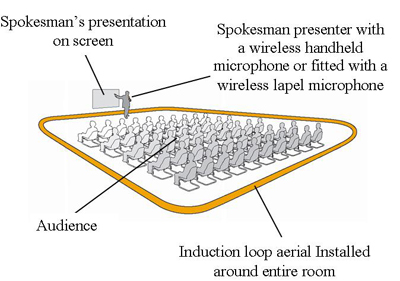
Why use a hearing loop?
- Cuts out unwanted background noise
- No need to use a receiver/headset
- Sound goes directly into the hearing aid
- Can be used by anyone with a compatible hearing aid
- It is inconspicuous
- Cost effective
- Any number of users can use the system
- Can cover any size of space.
Video: What is a hearing loop?
Courtesy of Contacta
Video: How does a hearing loop work?
Courtesy of Ampetronic
Video: How can a hearing loop help you?
With thanks to Let’s Loop Swindon
You can find out more from Contacta and Ampetronic.
Webpage updated: October 2023
